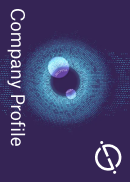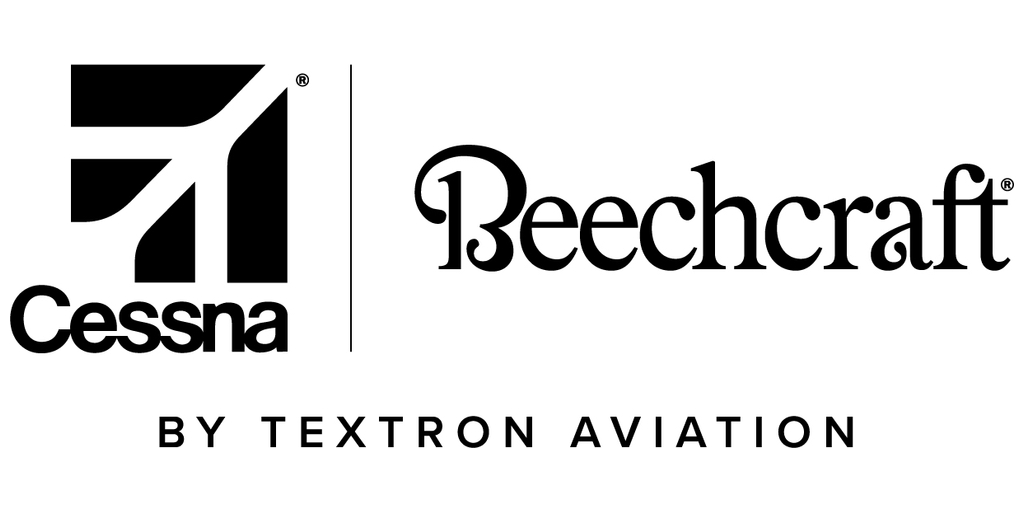
“Let’s use France’s strengths,” Finance Minister Bruno Le Maire said earlier in the year as he announced plans to expedite lithium, geothermal and other green energy projects in the country.
The rallying speech was part of a national shift to re-industrialise France, including with mining, to maximise the economic potential of the energy transition.
In France, like most other European countries, mining activity has been dormant for decades. However, armed with new political will and green targets, both at the national and EU level, the industry is plotting a renaissance.
A scattering of new lithium projects are hoping to defy the current price downturn – lithium carbonate prices have fallen by more than 80% throughout 2023 and into 2024 – to provide two-thirds of France’s needs for electric-vehicle (EV) batteries by 2035.
One of the country’s largest lithium projects, EMILI, is being developed by French multinational Imerys. The project in Beauvoir, central France, where lithium was first detected in the 1960s, hopes to produce enough lithium per year, over 25 years, to power 700,000 EVs. Production is due to start in 2028, with the project currently undergoing a public consultation.
Other miners are focused on extracting lithium from underground geothermal brines. French-mining company Eramet, which has operations in Indonesia, Gabon and Argentina, is developing the Ageli geothermal lithium project in collaboration with Électricité de Strasbourg in a slice of Alsace well-known for lithium and geothermal reserves.
Access the most comprehensive Company Profiles on the market, powered by GlobalData. Save hours of research. Gain competitive edge.

Your download email will arrive shortly
We are confident about the unique quality of our Company Profiles. However, we want you to make the most beneficial decision for your business, so we offer a free sample that you can download by submitting the below form
By GlobalData
The project will use Eramet’s patented technology to extract lithium and process it into battery-ready lithium carbonate. This technology is already being used by the company in Argentina. Heat from the geothermal reservoirs will be pumped out to provide decarbonised heat to the region, for which the government has a target to reach between four and 5.2 terawatt-hours before 2028.
Ageli is strategic to Eramet’s repositioning from being a provider of metals for the steel industry to a dominant European energy transition minerals producer, says project director Ludovic Donati. The company has a goal to produce more than ten kilotonnes (kt) of lithium carbonate per year in five years.
This refocus, he says, was in response to the EU’s shift to EVs and its 2035 internal combustion engine phase out, as well as the development of around 170GW of battery-producing gigafactories in northern France, which will require around 100kt of lithium per year.
“We believe this is a very good project because it will provide green lithium, thanks to the decarbonised heat available, and be located very near France and other countries’ gigafactories,” adds Donati.
Europe has ten gigafactories in operation and 14 in construction.
Lithium de France, a subsidiary of French Arverne group, is also developing a lithium brine geothermal project in Alsace. The company has just concluded a prefeasibility study on surface elements of the project and is currently awaiting its first drilling permit to confirm the resource. The region, the birthplace of the oil industry in France, is very well known and CEO Guillaume Borrel says the company has a “fairly good idea” of what it is going to encounter.
Like the Ageli project, Lithium de France plans to sell the heat that will also be extracted to support both the economics and the green credentials of the project.
EU targets support lithium production in France
Lithium mine projects are emerging because of a policy shift in France. That includes the France 2030 Plan, a national investment plan endowed with €34bn ($36bn), the Strategy Nationale Low Carbone (2020), and reform of the Mining Code (in force since July).
Additionally, the EU Critical Raw Materials Act (CRMA), which was enacted on 23 May, aims to diversify the supply of minerals needed for Europe’s “green and digital transitions”. The CRMA has set a benchmark for the EU to domestically supply at least 10% of the critical minerals required, such as lithium, copper and cobalt, by 2030. It also stipulates that 40% of the EU’s annual critical minerals consumption should be processed within the bloc.
Yet despite the policy drive and the Mining Code reform, Borrel says that while there have been improvements, mining projects still face a “regulatory marathon”.
“That is a big hurdle and could be a competitive disadvantage versus other countries,” he says. “Sometimes the right hand is not talking to the left hand and some regulations are almost contradicting one another or overlapping,” he adds.
Lithium de France applied for its first licence in late December 2020, and if all goes well, Borrel expects to start exploratory drilling by early 2025 (this includes two years of administrative time). The project hopes to be operational by 2028.
What is more, Borrel says there is a “fairly tense and difficult market situation at the moment” that could throw future investment into doubt. This has also been seen in the European battery market, which these projects hope to serve, with EU-backed Swedish battery maker Northvolt’s shocking recent collapse.
Lithium de France will be looking to close its finance in the “medium term”, which Borrel says will give time for “things to turn around”. The company is also looking to secure numerous subsidies and grants available at the EU and national level, including under France’s Green Industry Innovation fund, a €2.9bn scheme for supporting investment in green industries.
The dual heat and lithium extraction process of the geothermal projects can provide somewhat of an antidote to the challenging lithium market but requires some of its own infrastructure to be built. Donati says valorising the heat resource in its Ageli project counteracts the resource potential, which he says in France is typically lower than in other regions such as South America, for example. The company’s ambition is to provide France with 40% of the lithium it will need towards the end of the decade, around 27,000 tonnes per annum.
Public acceptance challenges in Europe
Last, but certainly not least, for all mining projects across Europe, public acceptance is polarising. The EMILI project, for example, has sparked a national debate about not just the development itself but the move to reindustrialise France with mining and battery factories.
The final public feedback report for EMILI notes a divergence of points of view and culture, and of the gap between two visions of the mine that have emerged. For one side, mining activity is “outmoded” and outdated, fundamentally dangerous and polluting. For the other, technical innovation will make progress possible, with an objective of less impact. It is a debate that rages on within the affected area of France and it is not yet clear which vision will win out.
Alban Letailleur, head of business development, lithium projects at Imerys, recently outlined four challenges to enhancing Europe’s critical mineral sovereignty: resource knowledge, mining competences, access to financing and public acceptance.
Letailleur was speaking in London on 27 November at Rho Motion’s one-day event covering EVs, batteries, charging and infrastructure.
On public acceptance, Letailleur said there are challenges on two levels. “First, are people convinced we need to drive electric vehicles […] and mining has a role to play in that.
“Then there is what you can do on the project level […]. This starts by understanding where you are and the drivers locally.
“The second key element is how do you ensure you have an excellent track record and in your own activity and everywhere else, [adopt] the best practices.
“I think in terms of social acceptance, it is important to show that you have taken all necessary steps in advance.”
Levelling the playing field
The EU’s and France’s lurch towards lithium is, of course, not just intended to support, and profit, from the energy transition but to buffer an overreliance – and a dominance of future industry – by China, which the US recently accused of “flooding” the market to drive out rivals.
China is the world’s biggest refiner of lithium, accounting for 69.2% of global capacity. Unlike in Europe, it already has an established value chain for cost competitive battery production. China also has 10% of global lithium reserves compared with Europe’s 1.2%. Bolivia, which is estimated to have half the world’s lithium reserves, just signed a $1bn ($b6.91bn) deal with China’s CBC, a subsidiary of the world’s largest lithium battery producer, CATL, to build two lithium carbonate production plants in the south-west of the country.
Albemarle, the world’s largest lithium producer, recently told the Financial Times it is not economically viable to build a supply chain in North America and Europe that could wrest control of critical minerals from China as the “returns are not there”.
However, the French-based industry is confident that, for its projects at least, the challenges can be overcome because of the expected future demand.
“‘We will get there,” says Borrel, who believes there is set to be a premium market price for lower-carbon EU-based projects. What is needed is to “maintain a level playing field”, he argues.
“We need to make sure that whatever demands are put on local European producers or manufacturers for compliance or higher environmental standards, we put the same level of expectations on whatever comes from outside Europe’s border, one way or another,” he adds. “For me, this is the biggest risk. I think all the legislators are well aware of that, but it takes time for intentions to turn into legislation.”


.jpg)

